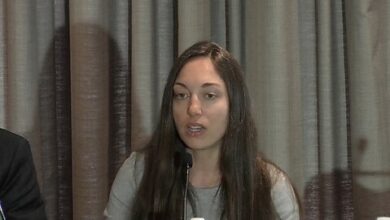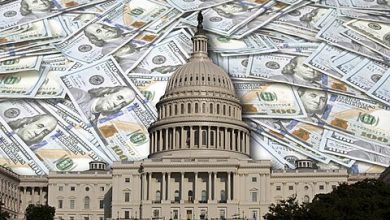Lorie Smith’s Rights—and Ours

The Supreme Court’s decision today in 303 Creative, LLC, v. Elenis correctly applies First Amendment law to vindicate one of the most important dimensions of human liberty: the right not to speak. The Court reviewed a Colorado law that would compel Lorie Smith to create websites celebrating weddings of which she does not approve. The two sides stipulated that custom web design is an expressive service, and the Tenth Circuit agreed, even in ruling against her, that the law “compels [her] speech,” going on to declare that the law nonetheless passes the exacting strict scrutiny test. But as the Court confirmed today, it doesn’t. You may disagree with Lorie Smith’s views—I do—but we should applaud the Court today in making clear, to quote Justice Gorsuch’s majority opinion, that Colorado cannot compel her “to create speech she does not believe.”
Had Smith lost, the Court would have implicitly approved a string of even more obvious rights violations. From the majority opinion (citations omittted):
Taken seriously, that principle would allow the government to force all manner of artists, speechwriters, and others whose services involve speech to speak what they do not believe on pain of penalty. The government could require “an unwilling Muslim movie director to make a film with a Zionist message,” or “an atheist muralist to accept a commission celebrating Evangelical zeal,” so long as they would make films or murals for other members of the public with different messages. Equally, the government could force a male website designer married to another man to design websites for an organization that advocates against same‐sex marriage. Countless other creative professionals, too, could be forced to choose between remaining silent, producing speech that violates their beliefs, or speaking their minds and incurring sanctions for doing so. As our precedents recognize, the First Amendment tolerates none of that.
The Court cited earlier, related cases such as Hurley (Boston Irish parade as expressive association) and Dale (Boy Scouts as expressive association). And it makes the vital point that accepting compensation for an expressive service does not destroy First Amendment rights—if not, most publishing and art would be unprotected.
Note carefully that the Court recognized a First Amendment right to decline to participate only for expressive services, i.e., hired creation of speech, art, music, etc. Ordinary businesses get no such right. Some careless headline writers are already construing the decision as creating a general conscience discrimination exemption for all lines of business, which is plainly false.
Some are also imagining that any old business can escape a law like Colorado’s by asserting that it too is artistic or expressive. In practice, judges will proceed to examine such claims by one or another business and if experience is any indication they will often reject them, even for occupations in an arguably gray area such as photographers.
It is disappointing that three Justices who in other contexts have often taken robust positions in favor of free speech saw fit to abandon that cause here. Justice Sonia Sotomayor’s dissent, joined by Justices Elena Kagan and Ketanji Brown Jackson, spends much of its length on a paean to public accommodations laws that in no way contradicts the contentions of the majority opinion or of any parties. Mysteriously, it also floats a theory that only conduct, as opposed to speech, was at issue here, even though the state of Colorado had stipulated that Smith intended to engage in expressive speech (and had a reasonable apprehension that the law would be enforced against her).
The dissent also attempts to make much of the statute’s communication provision, governing whether accommodation owners can express a public intent to discriminate, even though Colorado itself acknowledged that the provision stands or falls with the principal part of the statute and thus made little use of the point. (Not that such communications provisions are free from First Amendment dangers themselves.) The dissent also attempts to hypothesize some way in which scriptwriters, visual artists, and so forth might escape the law’s compulsion by not “holding out” their services. This can hardly stand when Colorado itself forthrightly asserts that its law covers any creator who accepts any commissions from the public. Finally, and most confusingly, the dissent asserts that if the law is upheld a creator “remains free under state law to decide what messages to include or not to include.” Gorsuch’s response is devastating: “if that is true, what are we even debating?”
The majority opinion closes on another correct note, that of pluralism as a dimension of liberty. “Tolerance, not coercion, is our Nation’s answer. The First Amendment envisions the United States as a rich and complex place where all persons are free to think and speak as they wish, not as the government demands.”





